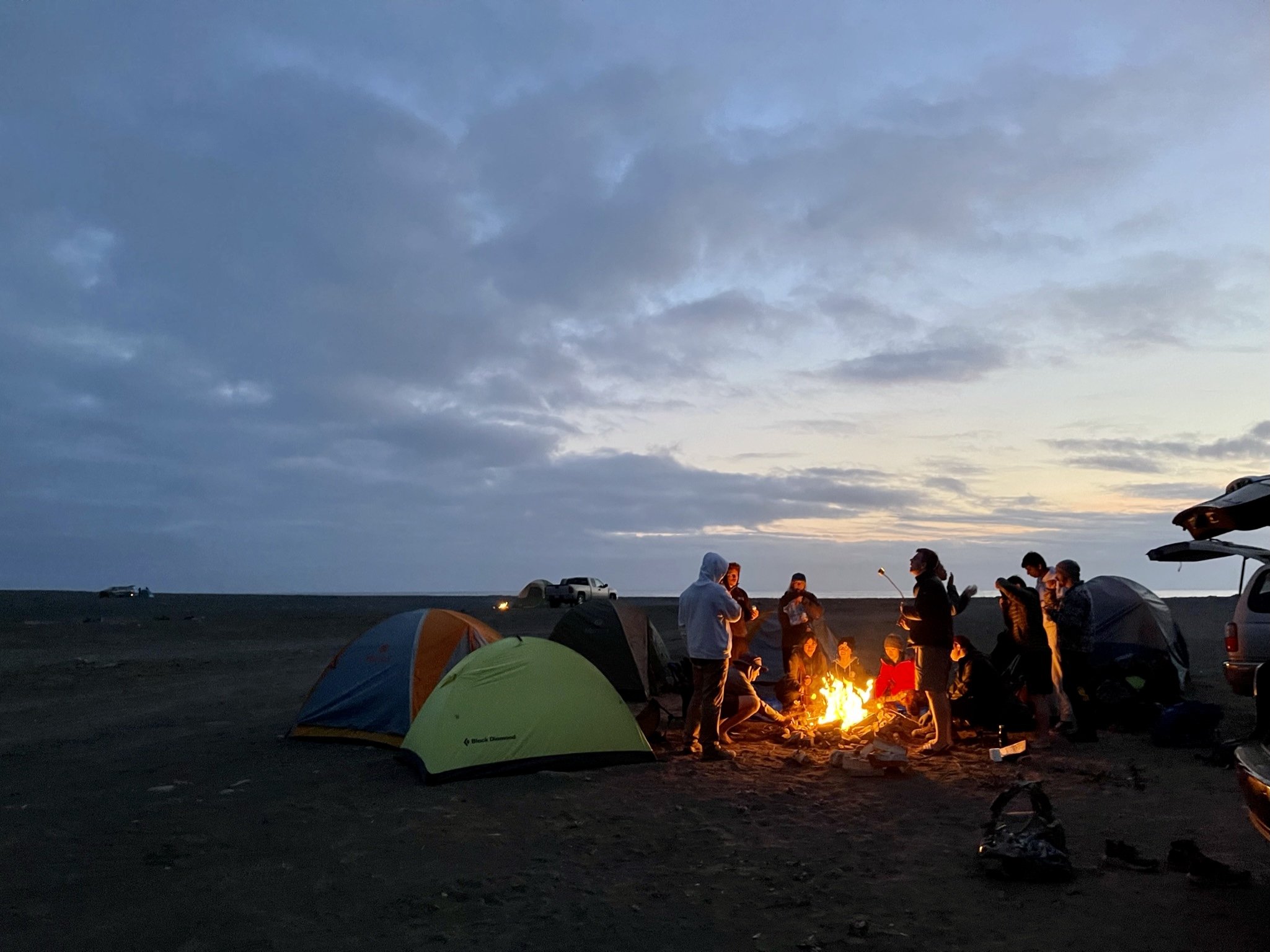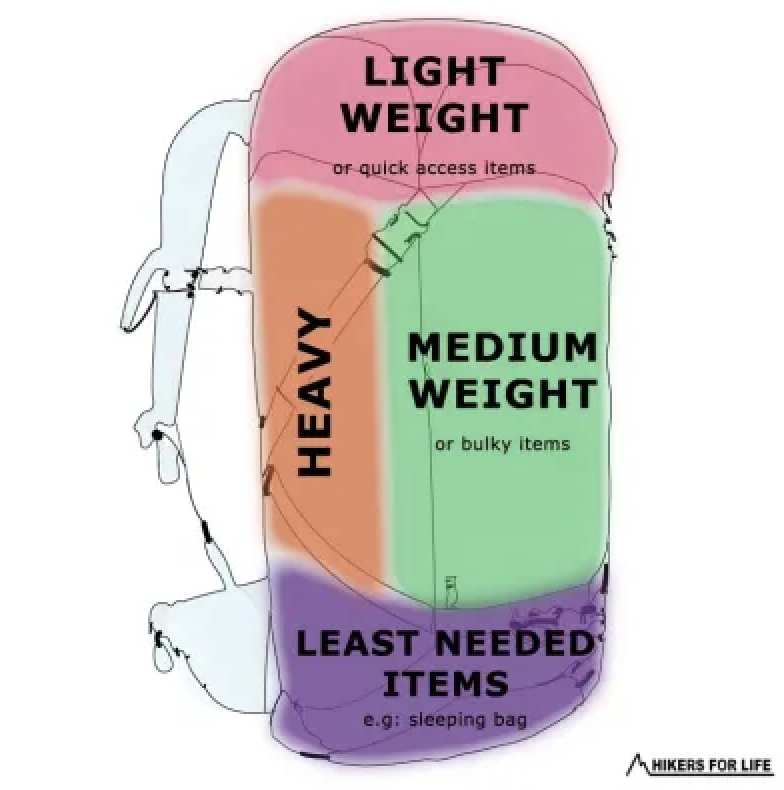
HOW TO PACK!
PACKING LISTS!
-
BACKPACKING
Basics:
Sleeping Bag
Sleeping Pad
Backpack (65L+)
Water Bottle (3-4L)
Headlamp
Batteries
Toothbrush
Toothpaste
Deodorant
Lip Balm
Hand Sanitizer
Sunscreen
Bowl
Cup
SpoonClothing:
Synthetic Layer
T-shirt
Fleece Layer
Outer Shell
Long Johns
Hiking Pant/Short
Hiking Socks
(wool or synthetic)
Hiking Boots - broken in
Camp Shoes
Rain CoatOther:
Gloves
Warm Hat
Sun Hat
Swim SuitOptional:
Book
Journal/Pen
Camera
Bandana -
CAR CAMPING
Basics:
Sleeping Bag
Sleeping Pad
Water Bottle (3L)
Headlamp
Batteries
Toothbrush
Toothpaste
Deodorant
Lip Balm
Hand Sanitizer
Sunscreen/Sunglasses
Bowl
Cup
SpoonClothing:
Synthetic Layer
T-shirt
Fleece Layer
Outer Shell/Down Jacket
Long Johns/Fleece Pants
Hiking Pant/Short
Snow Pants/Sweatpants
Hiking Socks
(wool or synthetic)
Hiking Boots
Camp Shoes
Rain CoatOther:
Gloves
Warm Hat
Sun Hat
Swim Suit
TowelOptional:
Book
Journal/Pen
Camera
Bandana -
SURFING
Basics:
Board
Wetsuit
SunscreenClothing:
Sweatshirt/Jacket
Swimsuit
Sandals
Tennis Shoes
Wetsuit Booties
Rain Jacket
Dry SocksOther:
Towel
Personal MedicationOptional:
Ear Plugs
Wetsuit
Hat
Sunglasses
weight
For maximum stability, load your backpack so the heaviest equipment is next to your back and centered in the pack. Medium-weight gear should be carried toward the top and outside portion of the pack and lightweight gear, like your sleeping bag, should be packed in the bottom. A loaded backpack shouldn't exceed 25%-30% of your body weight. This is a general guideline, experienced backpackers might be able to carry slightly more, while beginners might want to start with less weight.
organization
The bottom of your pack is best for bulky gear and items you won't need until you get to camp. Examples include sleeping bag, sleeping pad, any layers such as long underwear you might sleep in, camp shoes, etc. The core of your pack is best for dense, heavy items that you won't need to access during your hike. Item examples include stove, food stash (entrees, not snacks), cooking supplies, tent body, extra clothing. The top zone of your backpack is best for bulky items you might need on the trail. Items that can be put in the top zone include rain jacket, first aid kit, water filter or purifier, etc. Accessory pockets are good for essential items you might need urgently or often - such as a map, compass, sunglasses, lip balm, snacks, headlamp, water bottles, ID and car keys. Tool loops are best for oversized items such as trekking poles, tent poles, crampons, climbing rope...
